One of the finest spring-piston guns ever made
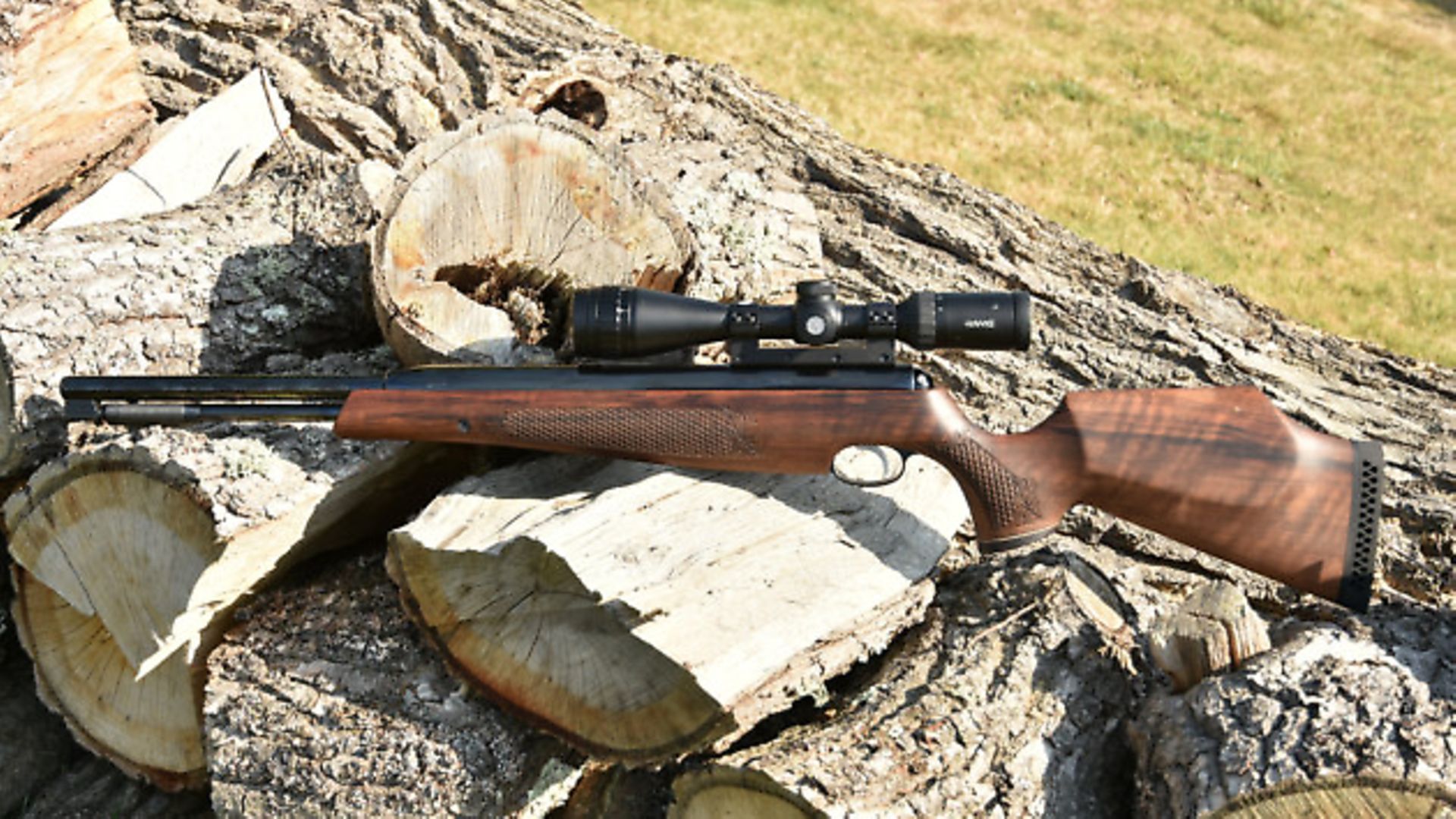 credit: Archant
credit: Archant
The superb TX200HC was already a big seller for Air Arms, but they decided to make some changes. The sliding breech, under-lever is now in its third evolution and is quite fairly described as a modern classic.
Changes were based on feedback from MKII owners, who requested a reduced cocking effort, which is what the MKIII offers. While Air Arms made made improvements to stroke length and spring rate, some were made to the stock as well. Some other small details were changed, but it’s the cocking effort that most of us notice.
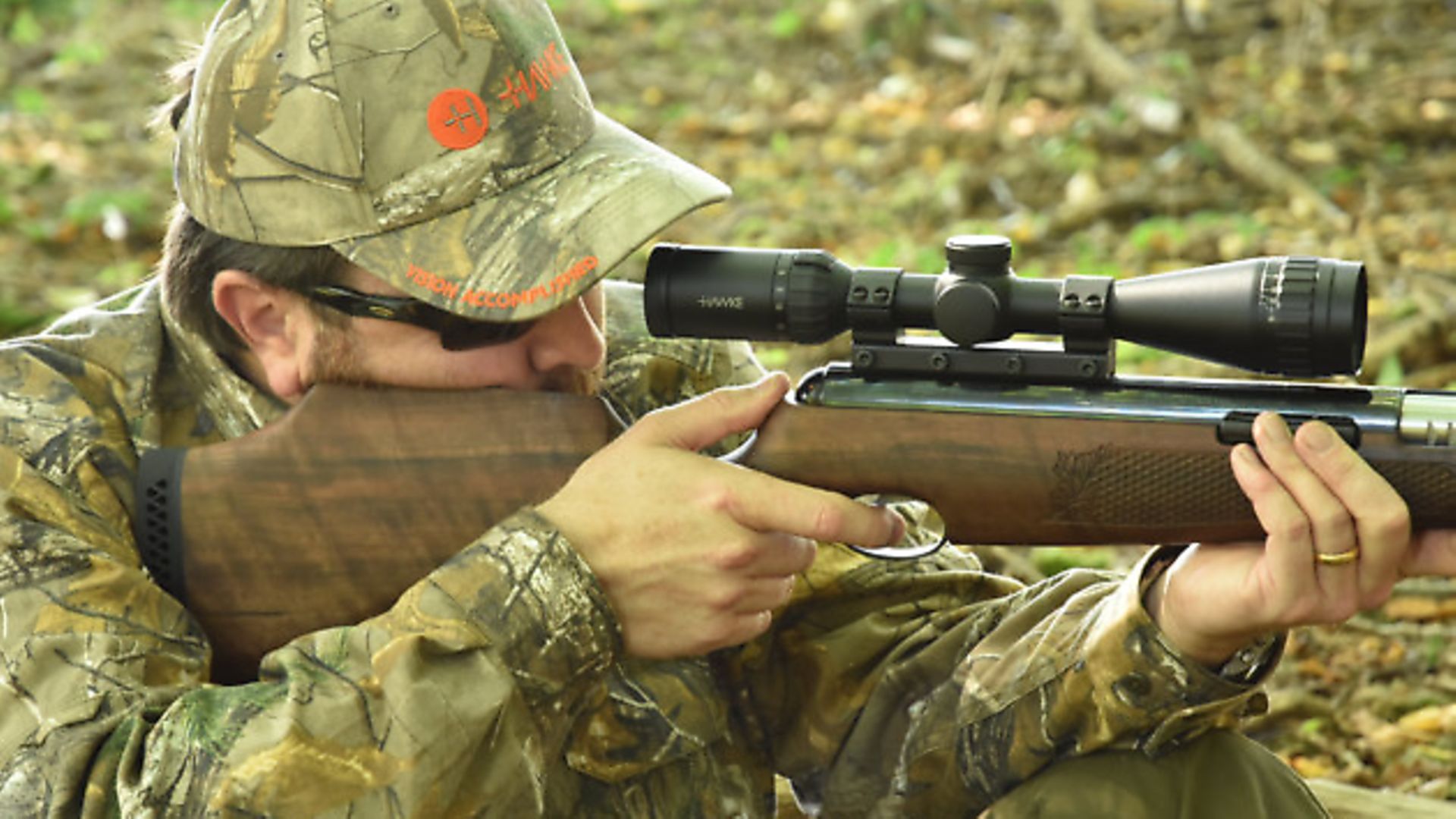 credit: Archant
credit: Archant
The sliding-breech system requires a slim piston that’s relatively light and when used inside a heavy gun with lots of weight forward, makes for low recoil. This makes it an easy rifle to shoot accurately. The ratio of piston weight to total rifle weight is significant. Of course, everything else has to be right as well, and the barrel being permanently fixed perfectly in line with the cylinder is an advantage over break-barrel designs, at least in theory.
To see this in action, visit any HFT competition and look at the Springer class, where you’ll find every shooter using fixed-barrel-type rifles.
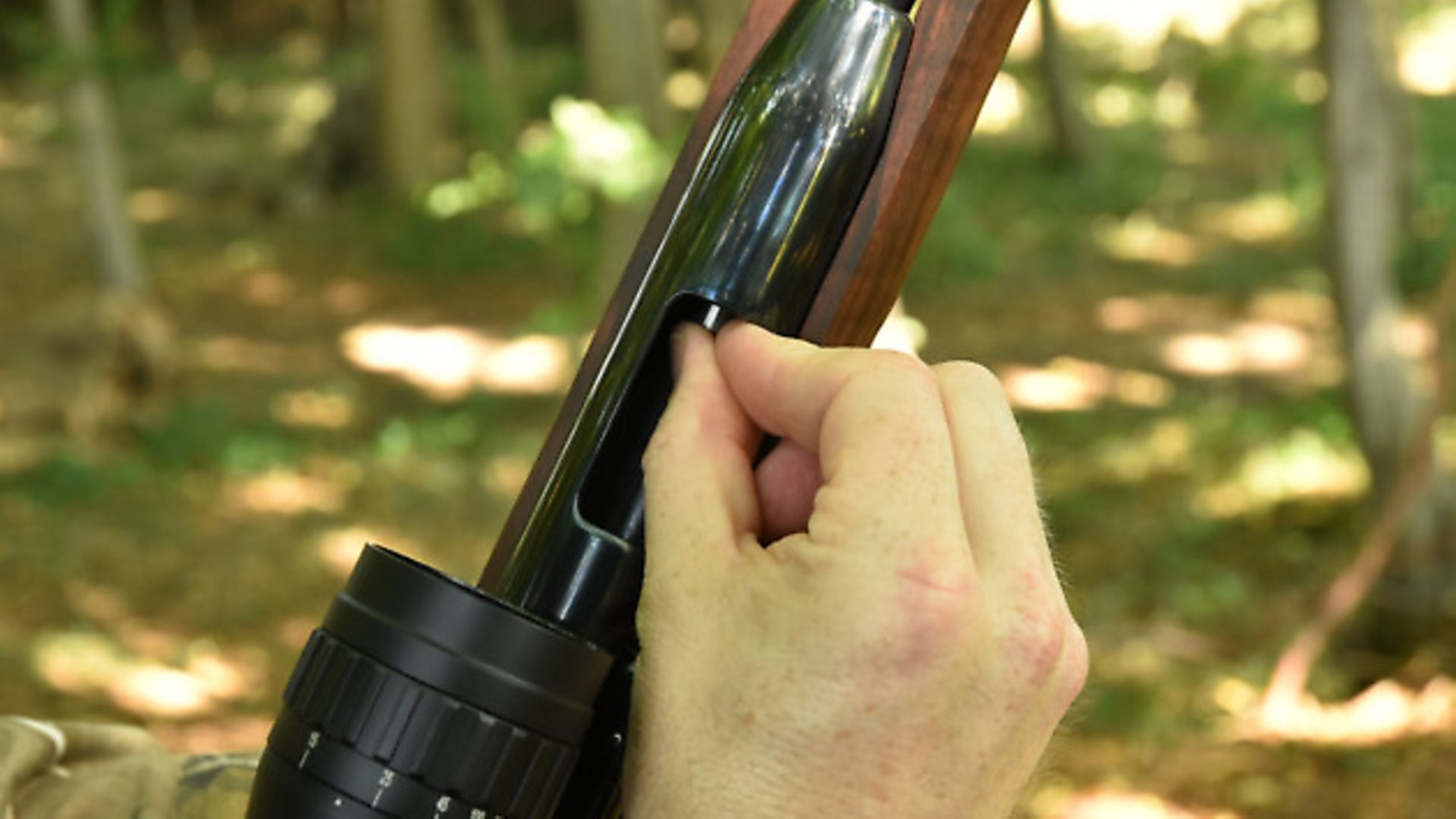 credit: Archant
credit: Archant
Top trigger
Another significant factor in top-class accuracy is a fine trigger, and the TX benefits from the truly superb CD unit. It’s honestly match quality and can be adjusted and set by an experienced technician to suit almost anybody’s needs and preferences. The release on my test gun was delicate, sweet and supremely consistent.
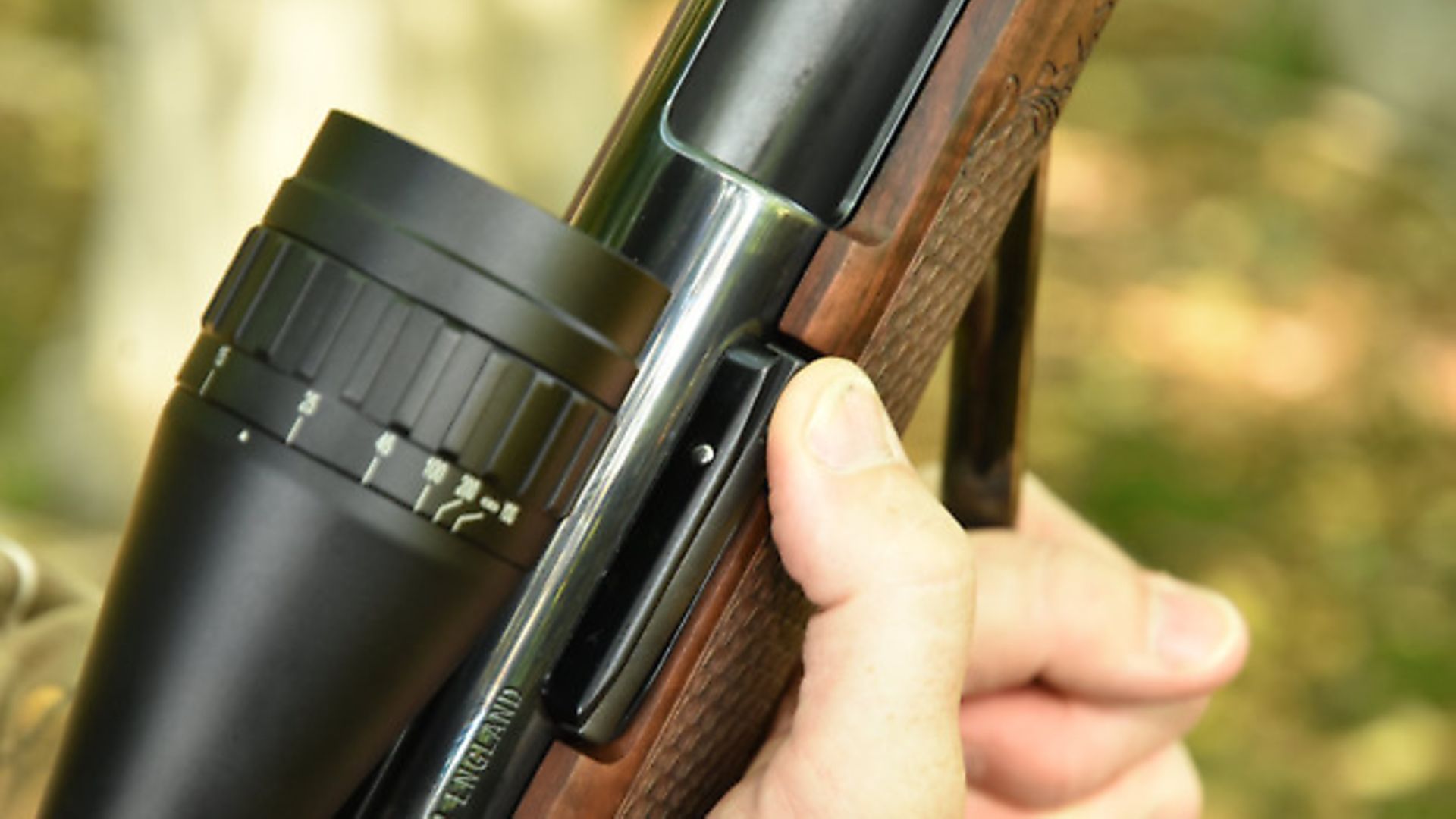 credit: Archant
credit: Archant
For those not familiar with sliding-breech guns, here’s an overview. Inside the main cylinder is a smaller cylinder that moves backwards as you cock the gun. This exposes the breech through a large aperture, allowing us to seat a pellet directly into the barrel. As the cocking lever is closed, the inner cylinder goes forward enclosing the breech with a soft seal.
As the rifle is fired the piston flies forward in the inner cylinder making the pressure that drives the pellet. It sounds complicated, but is really quite simple. Whoever designed it was a genius. The first time I saw this system was on the Weihrauch HW77, a rifle I owned and loved for a very long time. The TX is built on that principle, adding several engineering advances that brought us to the delicious rifle I have on test.
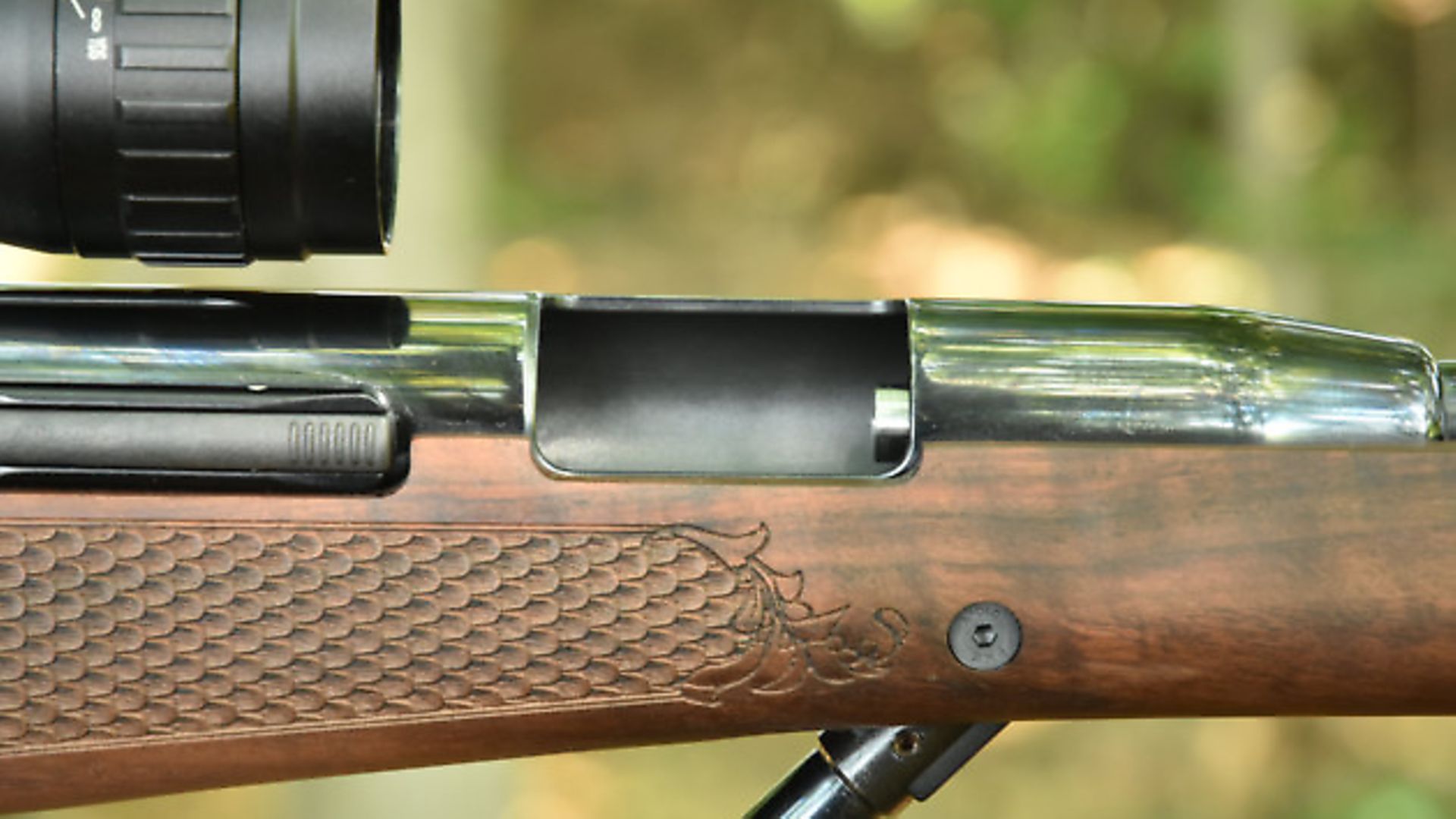 credit: Archant
credit: Archant
Double safety
One of the first things I thought of when I saw this system was safety. If the trigger were to fail, and let the inner cylinder fly forward, it would chop off any fingers or thumbs inside the aperture. Air Arms uses two safeties to eliminate this worry and we have the option to add a third.
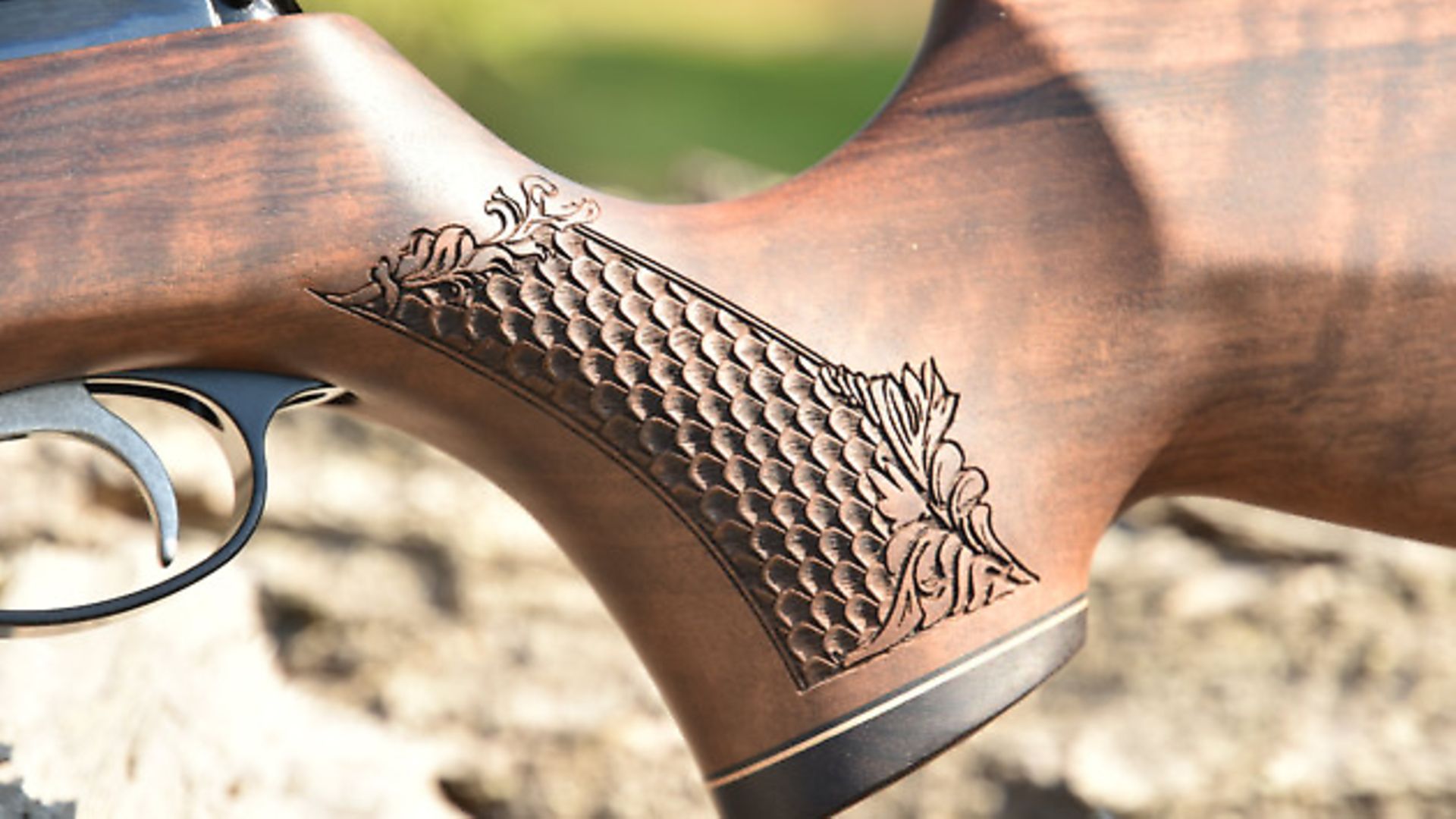 credit: Archant
credit: Archant
Firstly, as the rifle is cocked, the automatic trigger safety comes on. Even if you tried to pull the trigger, the rifle won’t fire. Next, we have the substantial anti-bear trap safety, a ratchet-like mechanism that engages the inner cylinder as the rifle is cocked. Three large notches are machined into the side of the inner cylinder, to be engaged by a beefy latch that automatically engages them as they pass. This is a strong and reliable system. To close the mechanism after the pellet is loaded, the anti-bear trap lever must be depressed, freeing the inner cylinder.
The optional safety we can add is the one we should all be using on any spring/piston gun, which is to hold the cocking lever securely as we load a pellet. This isn’t particular to sliding-breech guns – it applies to each and every springer and is a practice we should all use every day. Another benefit of this external anti-bear trap is that the rifle can be de-cocked if necessary, which isn’t the case for many rifles with anti-bear traps.
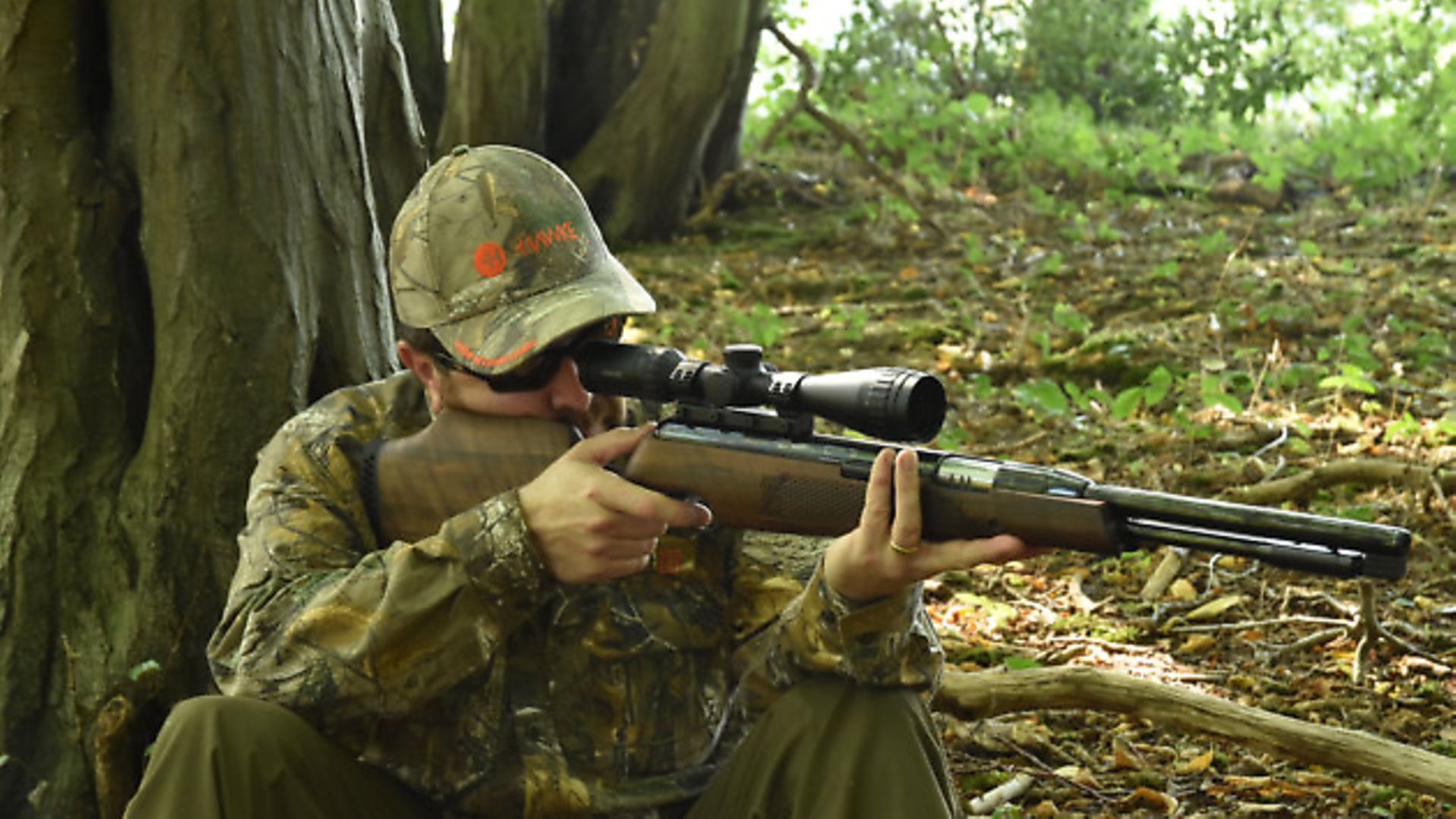 credit: Archant
credit: Archant
The conventional automatic safety pops out of the end cap of the action to the left, in a position that’s very natural to disengage with the thumb of the trigger hand. The only downside – it makes a loud, metallic click and there’s nothing you can do about it. The reality of airgun hunting is we need to be close to our quarry before we can shoot effectively, and this noise could well spook a rabbit or pigeon.
While on the subject of cocking, I noted the action was smooth and quiet and didn’t require too much effort over a long shooting session, so it didn’t become tiring. This model has a cocking aid over the lever to add extra grip, which could be useful in cold, wet conditions.
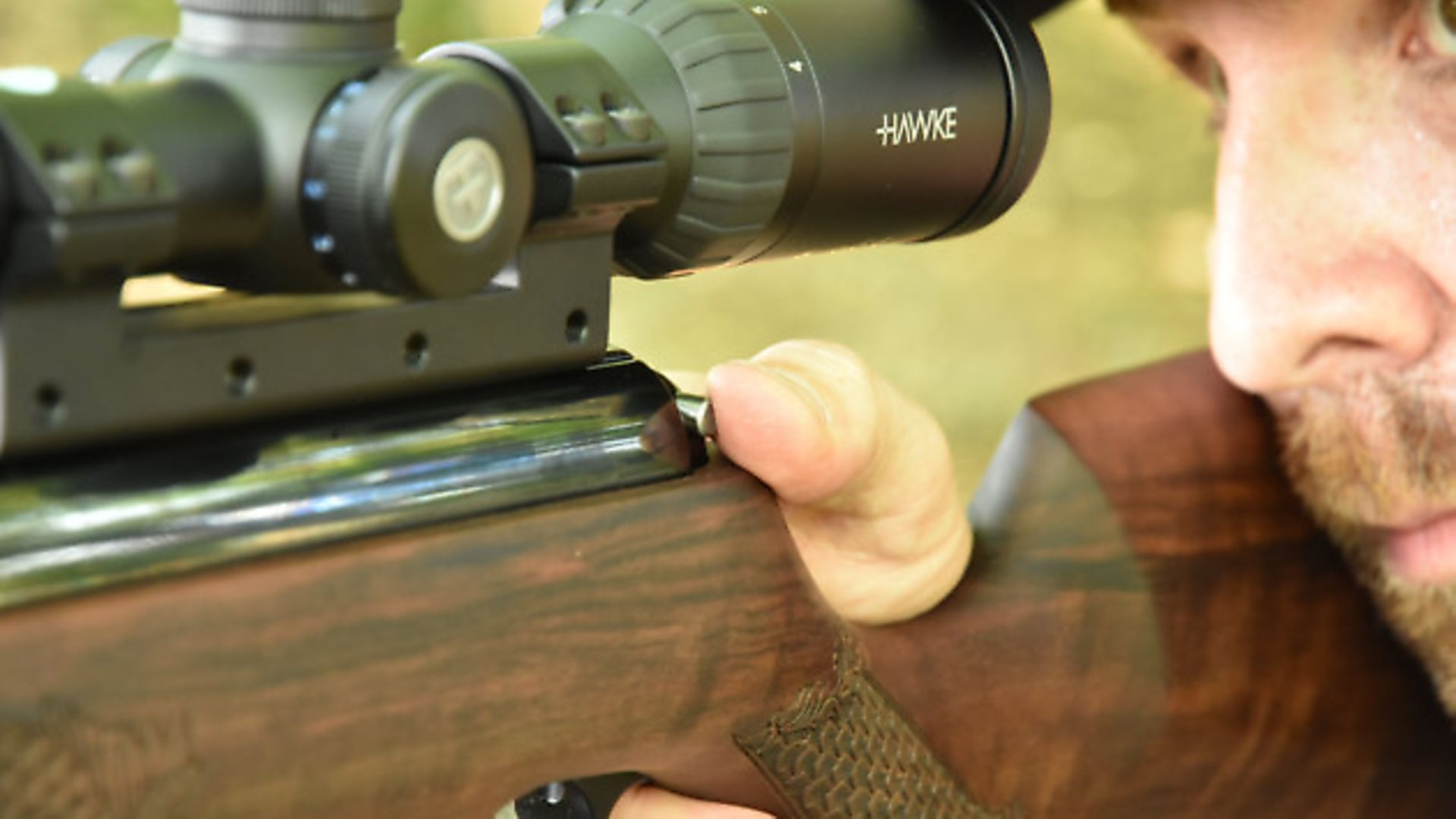 credit: Archant
credit: Archant
To get the rifle ready to shoot, I added a SportsMatch one-piece mount with the recoil pin fitted. Spring/piston rifles make a unique two-way recoil that can shift the scope along the rails so you lose your zero. A one-piece mount has a long gripping area to really get hold of the rails, and four big bolts to clamp it down.
The recoil pin fits directly into one of the drillings in the cylinder, giving a totally immovable lock that guarantees the scope simply cannot shift. You might say this is a belt-and-braces approach, and you’d be right and it’s exactly what I like. I want to know the rifle is dead on zero every time I pull the trigger, and this is the best way I know.
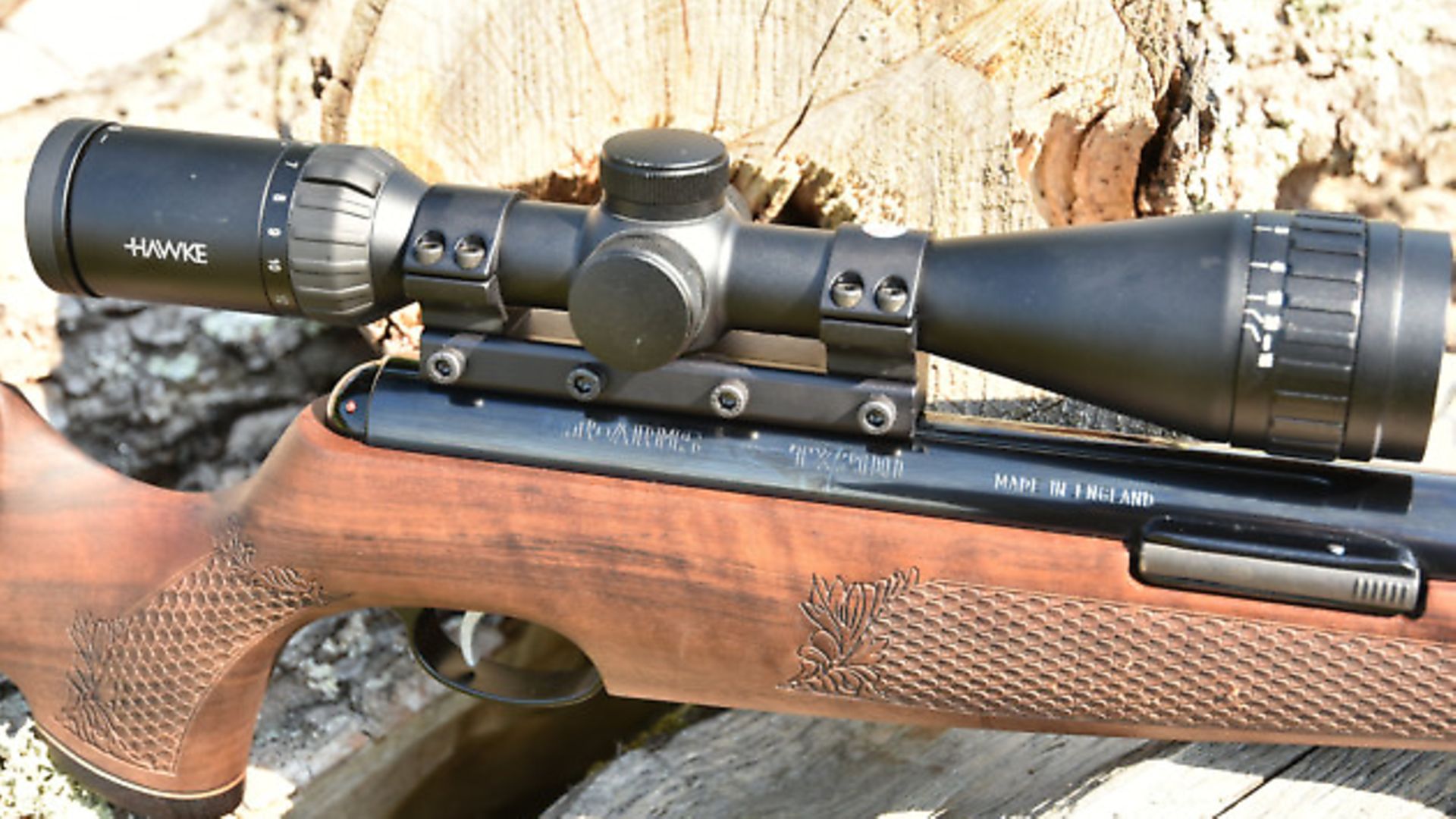 credit: Archant
credit: Archant
Panoramic view
The scope I chose was a Hawke 4–12 x 40 AO Panorama, which suits me as a hunting optic. The rifle is heavy enough without fitting a huge scope, so I felt this medium-sized optic gave me everything I needed without excessive bulk. It sat comfortably in a medium-height mount, offering better contact between my face and the stock for more consistent mounting.
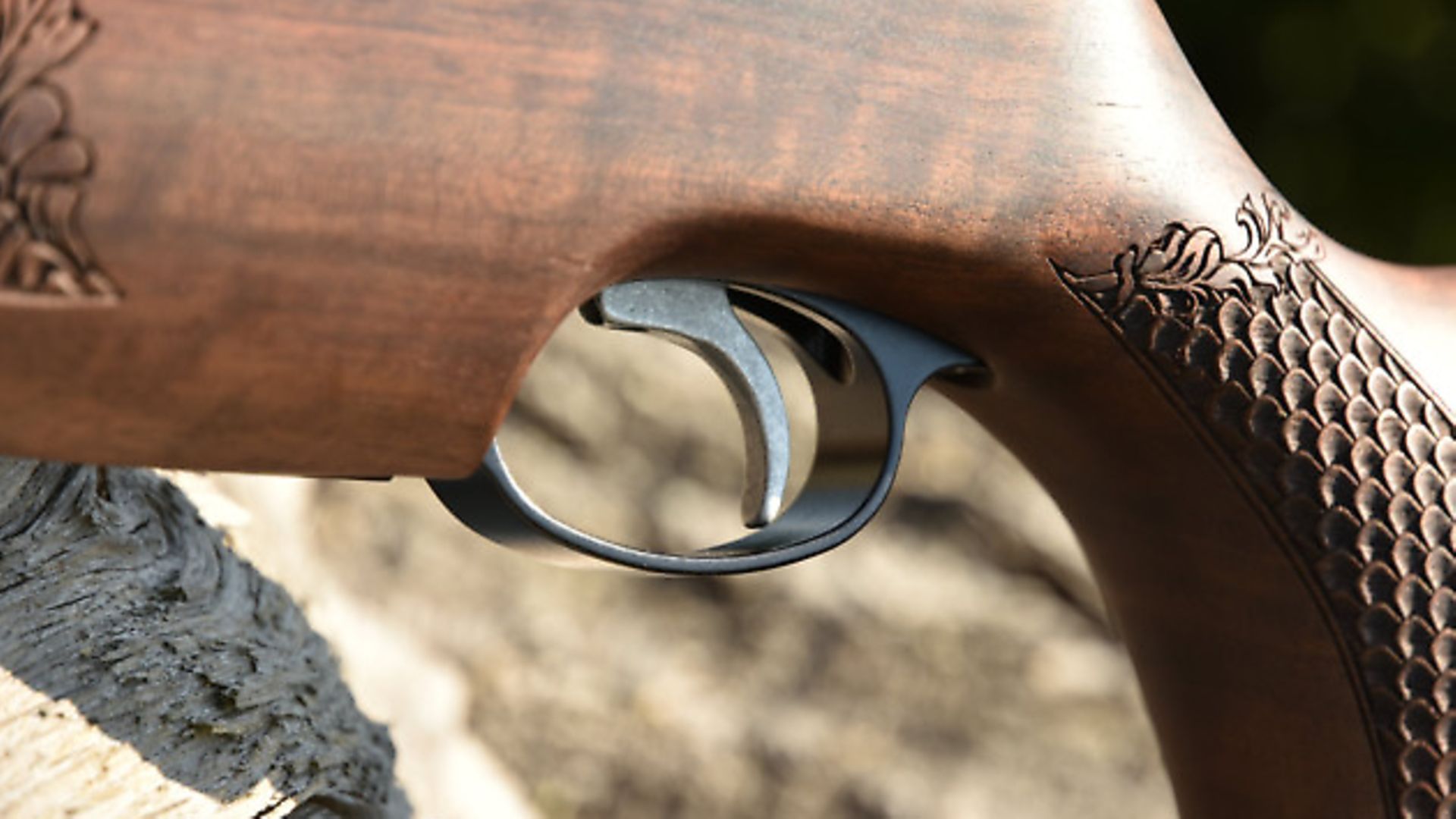 credit: Archant
credit: Archant
That brings me nicely to the stock, and it deserves high praise. Firstly, it’s a proper right-handed affair, so the fit is infinitely better than the current crop of ambidextrous ones. The comb is set at the right height for scope usage, delivering good support for the head. This is often overlooked but is significant. It helps with consistent mounting and reduces the dreaded parallax error that accounts for so many missed shots.
Next, we come to the pistol grip. This is sculpted and shaped to support the trigger hand whilst delivering the trigger finger perfectly to the blade. For me, it’s a work of art.
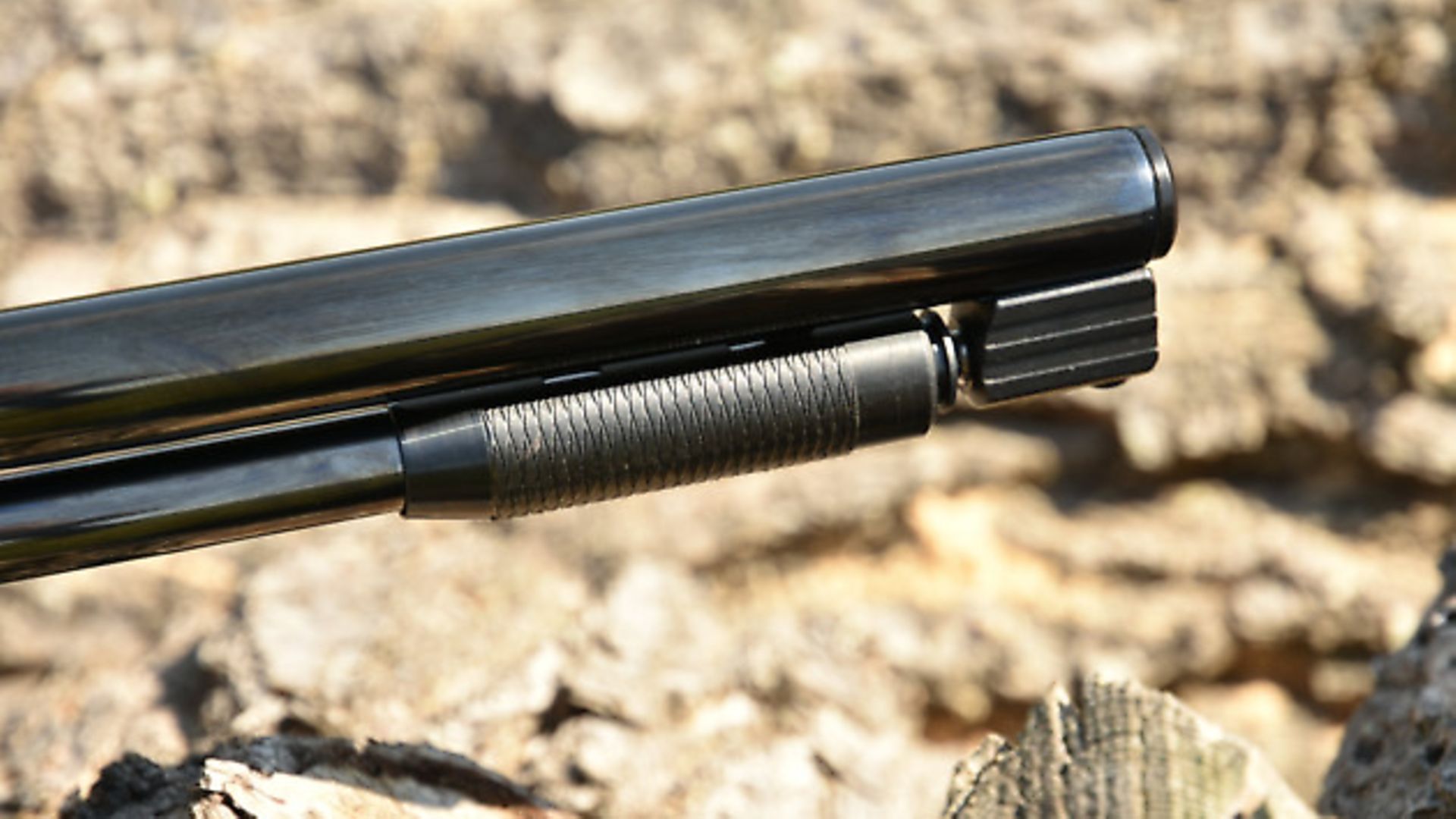 credit: Archant
credit: Archant
The key to shooting springers well is consistency, and stock fit like this is invaluable. The fore end is long and rounded as befits a sporting rifle, and fitted my leading hand well. Lasers have revolutionised chequering on stocks, and the TX features intricate fish-scale patterns you’ll either love or hate. They do deliver a solid grip when stalking, which I welcome, but during the firing cycle I hold the rifle as loosely as possible anyway.
World Champ
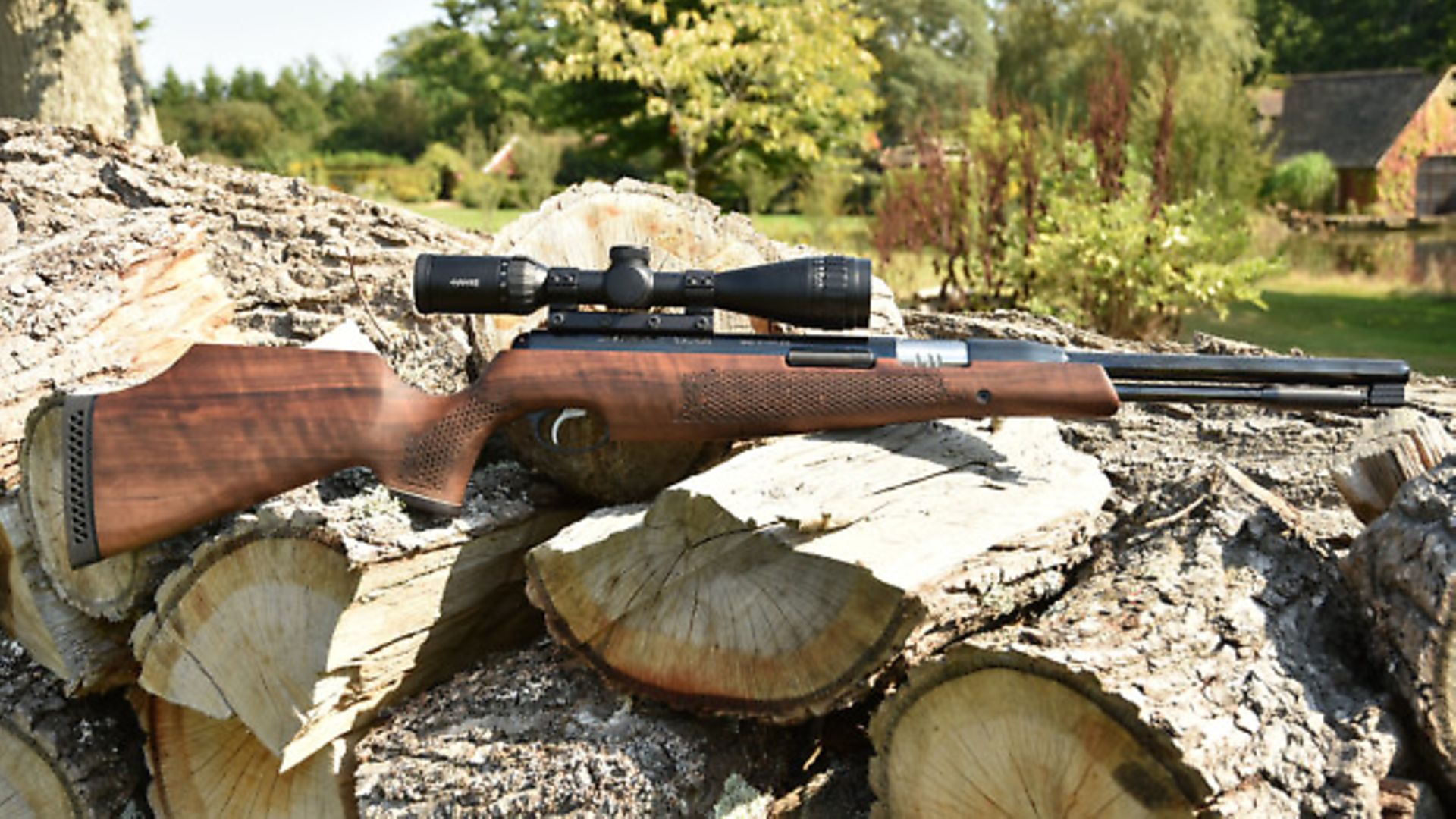 credit: Archant
credit: Archant
This rifle has won national and world championships in the hands of the Air Arms competition team, so its accuracy is a given. This left me to discover if I was good enough to extract all that performance. As a self-confessed, pre-charged pneumatic kind of chap, it takes me a while to get back into the swing of shooting springers properly.
However, the TX is one of the easiest springers to shoot well, so even my rusty skills should do well.
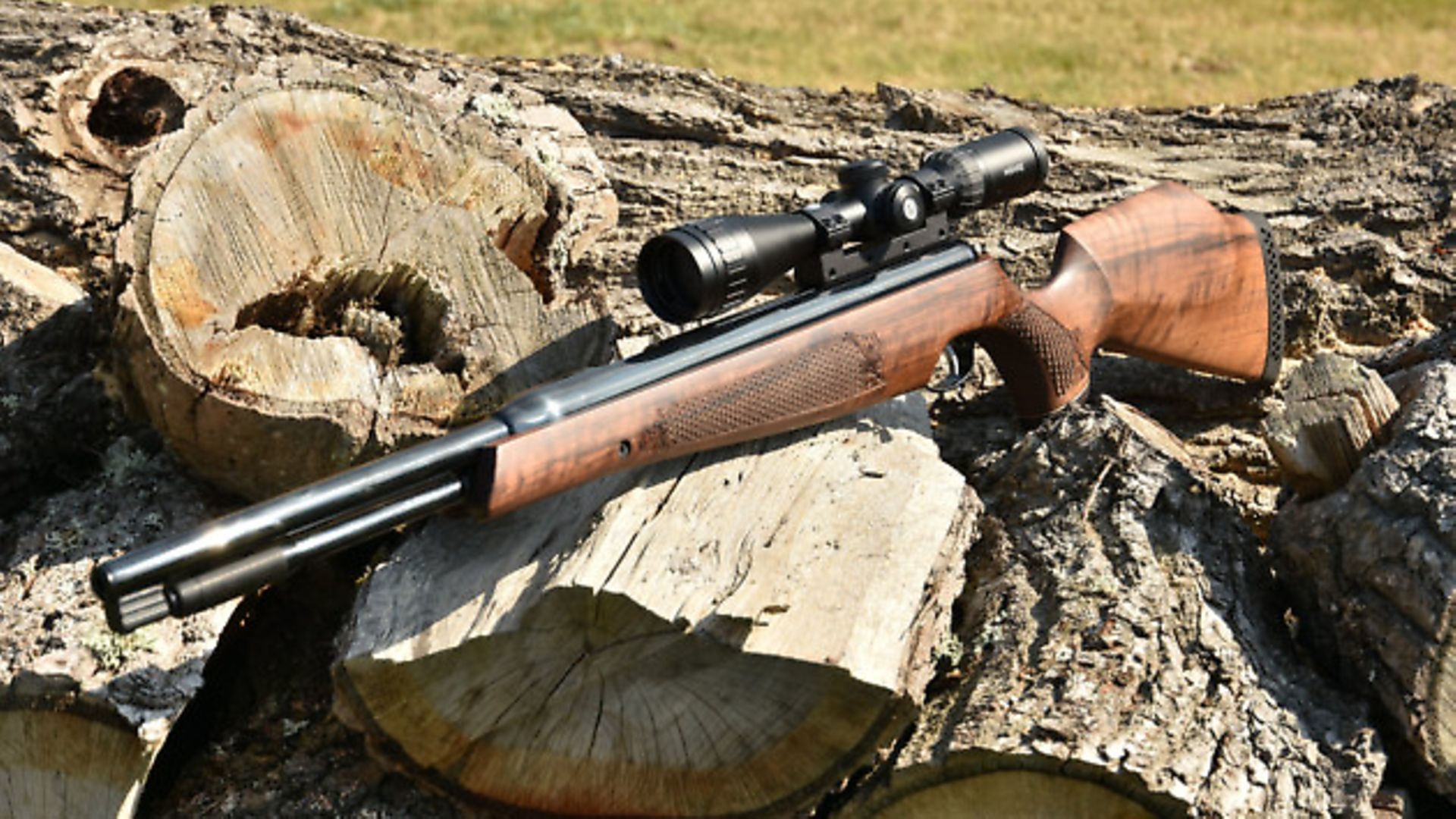 credit: Archant
credit: Archant
A quick run over the chronograph showed my .177 test gun was delivering a consistent 11.4ft.lbs with Air Arms’ own 8.44 grain Diablo Field round-head pellet. Now to see what I could bring to the test – the trigger was set well for my needs and broke very cleanly indeed. This is a huge help on any gun, but on a springer it’s worth its weight in gold.
The firing cycle is a nice, dull thud and despite not having the optional silencer fitted, I felt the rifle was quiet enough for hunting. I noted the complete absence of spring noise or vibration, which is something you only used to get for professionally tuned rifles, but this one gives that straight from the box.
I shot from the bench, off some soft support bags, and soon had the gun zeroed. This job is so much quicker with an accurate and consistent gun, because the tracking of the scope’s adjusters work in precision harmony with the rifle’s aim point, and just a few turns of the dials had me spot on.
The most important thing about any gun is accuracy, and this thing is spot on. At 30 yards, I often got two or three pellets through the same hole before it became significantly enlarged. It’s pretty much impossible to be more accurate. And what with my ‘less than perfect’ springer technique, this shows just what a forgiving gun this is to shoot.
Calling this a ‘modern classic’ is totally justified. It is, without question, the most accurate production springer I’ve ever shot. Only massively weighted and hyper-tuned one-offs could top it, and they’re not what most people would ever want.
This is a truly excellent rifle, offering accuracy that can compete with any PCP in a self-contained package. Any springer fans owes it to themselves to shoot one of these – they really are that good!
Manufacturer: Air Arms
Model: TX200HC
Type: Spring/piston
Action: Under lever
Length: 39.25” (995mm)
Weight: 8.8lbs (4kg)
Trigger: Match-quality, two-stage, adjustable
RRP: £414.00
____________________
You may also like:
Big Test: AIR ARMS TX200 HC
Gun test: Air Arms Galahad